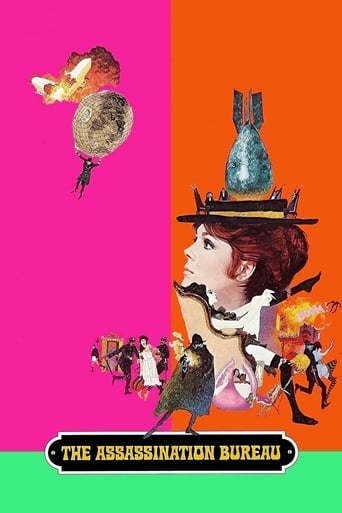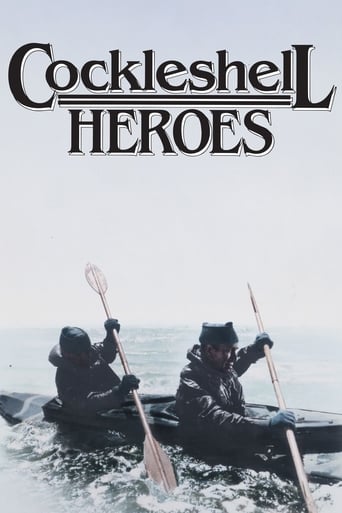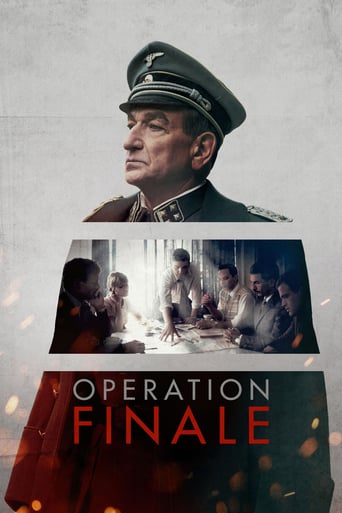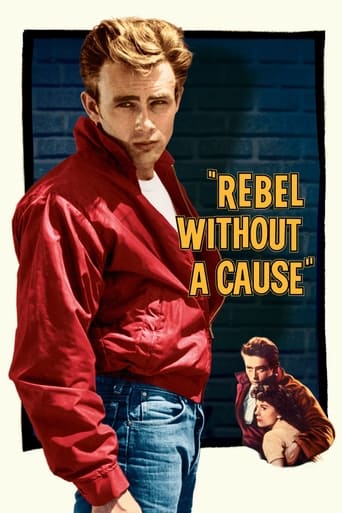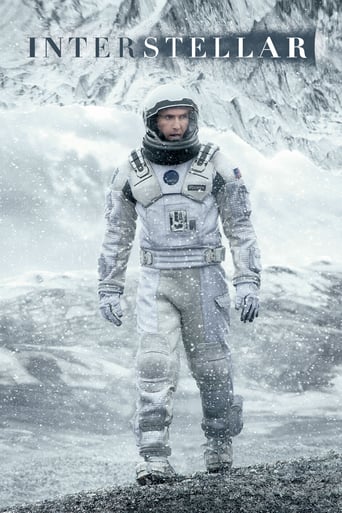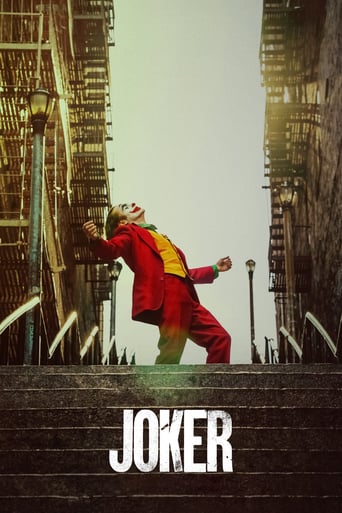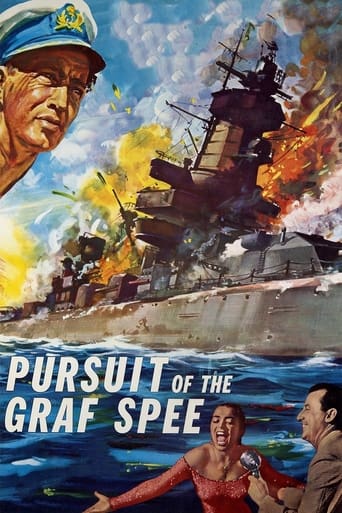


The Battle of the River Plate
In the early years of the World War II, the Royal Navy is fighting a desperate battle to keep the Atlantic convoy routes open to supply the British Isles, facing the great danger posed by the many German warships, such as the Admiral Graf Spee, which are scouring the ocean for cargo ships to sink.
-
- Cast:
- John Gregson , Anthony Quayle , Ian Hunter , Jack Gwillim , Bernard Lee , Lionel Murton , Anthony Bushell


Similar titles

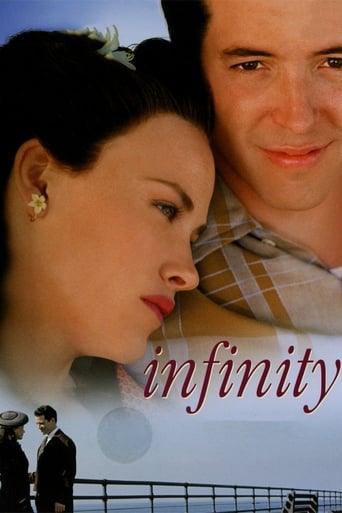
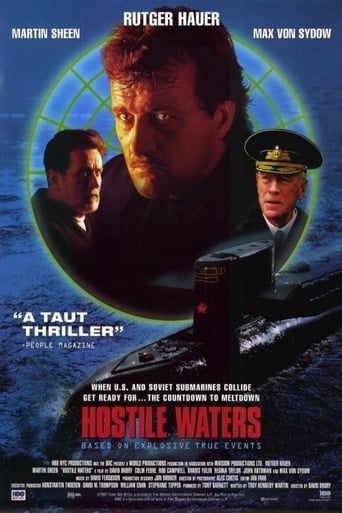
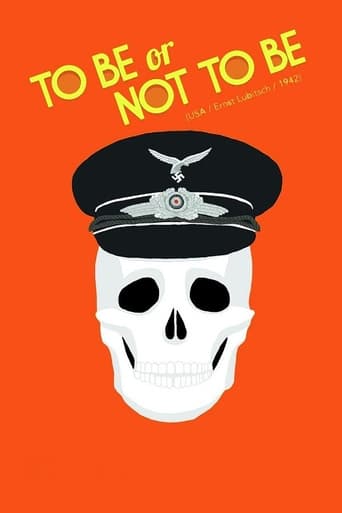
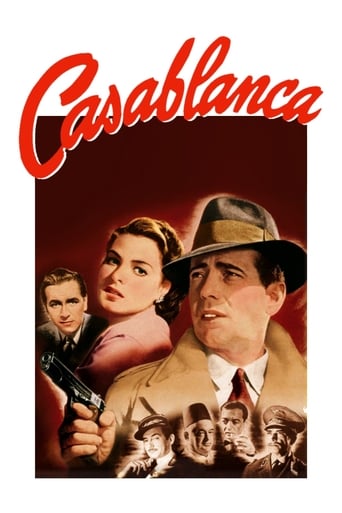

Reviews
Excellent but underrated film
This is a coming of age storyline that you've seen in one form or another for decades. It takes a truly unique voice to make yet another one worth watching.
The thing I enjoyed most about the film is the fact that it doesn't shy away from being a super-sized-cliche;
Although I seem to have had higher expectations than I thought, the movie is super entertaining.
In the opening months of WWII, the formidable 'pocket battleship' Admiral Graf Spee is raiding commercial shipping in the south Atlantic. The film depicts events before, during, and after an engagement with three Royal Navy cruisers, leading to the eventual sinking of the Graf Spee.The term 'pocket battleship' was coined by the Royal Navy to describe the three 'Deutschland' class cruisers of the Reichsmarine, constructed between 1933 and 1936. These ships were nominally designed within the 10000t limit of the Versailles treaty; however in reality they were all in excess of this. The Graf Spee was the third and heaviest of its class, and is estimated to have been over 16000t at full load.Using innovative design and manufacturing methods, these ships were built to save weight where possible, in order that heavier armament and better armour plating could be carried. The net result was that these 'panzerschiffe' had the displacement of a cruiser, yet carried more armour and had guns that were the match for most battleships with double the displacement.Thus the Graf Spee, with its 11" primary armament, outgunned the Royal Navy squadron significantly; the biggest guns, on the 'Exeter', were similar in quantity but only 8", and had a maximum range some five miles less. The 6" gun secondary armament on the Graf Spee was similarly a match both in quantity and quality for the other two Royal Navy ships.The tactics used were to an extent dictated by the range discrepancy; the Royal Navy had decided to close to their gun's range "as soon as the beast was sighted", in two groups, and thus force a highly dangerous, but hopefully decisive action.Fought at a time when the 'Phoney War' was underway elsewhere, this was the first major naval battle of WWII; and (asides from the use of spotter planes) was fought without the benefit of radar and other modern developments. Arguably it could be regarded as 'the last sea battle of the first World War' both in equipment and tactics.The events of the battle were originally not considered to be a good narrative basis for a film. However the account of Cpt Dove, who was a prisoner on the Graf Spee at the time of the battle, together with the game of diplomatic bluff played out in Montevideo, added enough breadth and interest for Powell and Pressburger to craft their fine film.The film has an excellent cast, some wonderful cinematography of real (and in some cases THE real) ships in the battle, and I found it quite captivating. Presumably restored in recent times, it both looks and sounds fantastic.The events depicted differ little from what actually happened, and give a sympathetic portrayal of Cpt Langsdorff of the Graf Spee, whose conduct was admired on all sides. Later in WWII there was far less scope for gentlemanly behaviour at sea; the tactics of 'total war' lead to enormous losses on all sides.Doubtless if this film was remade by Hollywood today, it would have all kinds of spurious (and highly fictional) sub-plots, perhaps even a different narrative altogether, and instead of real ships and occasional models, it would be chock-full of CGI instead. Call me old-fashioned, but I prefer the former to the latter; if enough CGI is used, you might as well be watching a cartoon....So in my mind this film stands on its merits, not just as a period piece, but in absolute terms. Films of this type and this calibre are simply no longer made, so this is 'must see stuff' for any film enthusiast.
THE BATTLE OF THE RIVER PLATE, a docu-drama on the sinking of the German pocket battleship Graf Spee, represents an interesting marriage of talents. One the one hand the film is written and directed by the Powell-Pressburger team, a fact that ensures that its quality is lifted above the run-of-the-mill war films of the period. Whereas films such as REACH FOR THE SKY (also 1956) focused on notions of British heroism under overwhelming odds, THE BATTLE OF THE RIVER PLATE looks at the experiences of those involved in conflict at sea, whether British or German. On the other hand the cast contains just about every leading male actor of the period - a prime example of the Rank Organization's doomed attempt to replicate the star-laden productions popular in Hollywood at that time. Sometimes the experience of watching the film becomes an exercise in actor-recognition: Peter Finch, Anthony Quayle, John Gregson and Ian Hunter all have leading roles, supported by stalwart character actors such as Bernard Lee, Michael Goodliffe and David Farrar (as the narrator), with John le Mesurier turning up in a cameo role. Nonetheless THE BATTLE OF THE RIVER PLATE is worth watching, not least because of its balanced treatment of both sides involved in the conflict. We learn a lot about Captain Langdsorff's (Finch's( qualities at the helm of the Graf Spee; he is not only an adept sailor, but he knows how to treat British prisoners-of-war fairly. His character seems more sympathetic as compared with (say) Quayle's more bluff British Commodore Harwood. In terms of special effects the battle-sequences seem a little primitive as compared to today's epics, but the characterization and plotting remain as sharp and incisive as in other Powell/Pressburger movies.
The film divides into two parts, the first at sea, the second in the harbour of Montevideo, Uruguay, where the Graf Spee sought shelter after being damaged in battle with two British and one New Zealand warships.The first half suffer badly from what today we call low production values. This is not Tora! Tora! Tora! Apart from a few stock moments of a ship or two at sea, almost everything is done in studio, with very small sets--the bridge, a gun room--and the effect is of complete artificiality. The battle scenes consist of shots of the muzzles of ship's guns firing and, primarily, men in their little studio sets being lit up by orange flashes (the gun flashes, don't you know). When the Graf Spee fires salvos on the British ships, it is indicated by ridiculous splashes of water behind the men standing in their little sets, splashes that look very much like someone throwing a bucket of water into the air. Laughable. It's very hard to take the story seriously. The battle itself is almost entirely depicted with the British men in their little sets, with one or two extremely quick shots of model ships exploding in flames. Add to the low production values lots of very stilted dialogue. British prisoners held on the Graf Spee mutter as a group, then one speaks up and says his line, then another does the same, then a third, then everyone mutters agreement, all as obviously written and rehearsed as a play performed by 10-year-olds.The second part is somewhat of a relief in that it includes lots of outdoor scenes in Montevideo (it might really have been shot there). Still, in the climactic moment when the Graf Spee leaves the harbour, we watch a radio newsreporter tell us what the ship is doing; we don't see it for ourselves.There is more to say about the disappointment of this film. You should be warned, for example, that the battle does not begin until 45 minutes into the film, and the first 45 minutes are not exactly riveting. You need to be prepared, too, for the standard portrayal of Allies facing up to difficulties, all so chipper and not really worried about what might happen to them. It's too bad that a better job wasn't done of this dramatic battle.
"The Battle of the River Plate" (1956) is Powell and Pressburger's most underrated movie. Set in 1939, its about the British navy trying to capture "The Graf Spee" pursued by the "HMS Ajax", "HMS Exeter" and "HMS Achilles".Most people say it is not up to the standard as, say, "A Matter of Life and Death", but I disagree. As it is not one of the more wider known parts of World War Two, it makes the first half tense and exciting. But its the second half, when "The Graf Spee" hides in a neutral port where it kicks into high gear. The whole place reeks of atmosphere, unequalled in any over Powell and Pressburger film. As I have said before, a very underrated movie, that is well worth watching.

